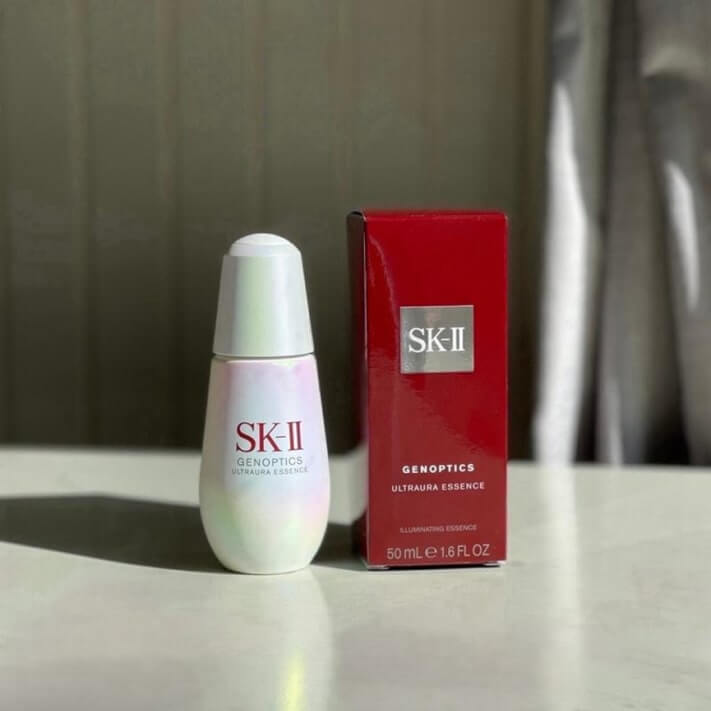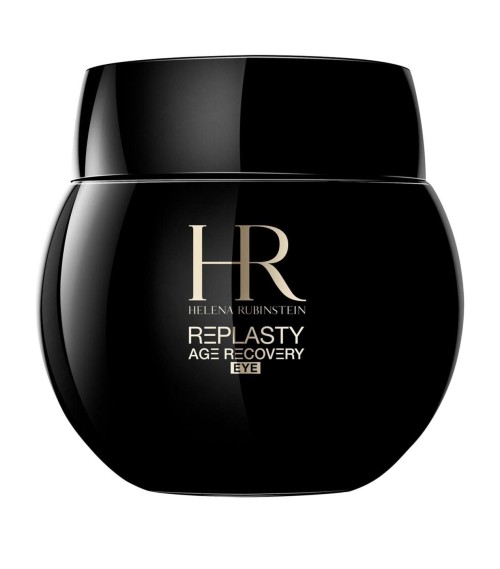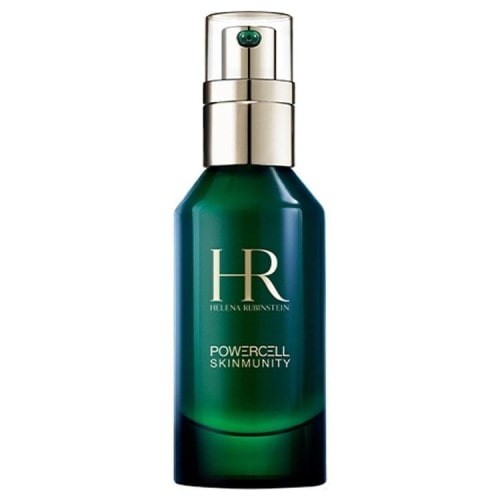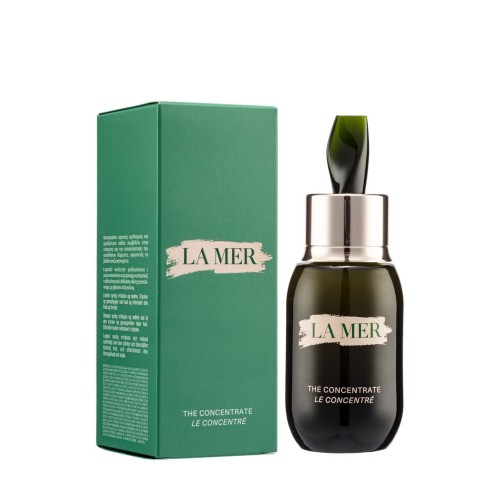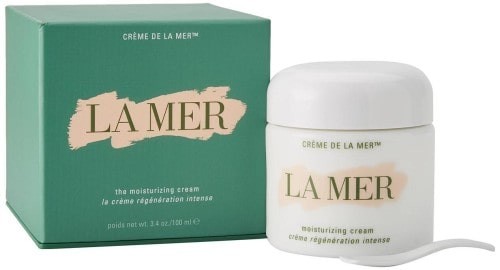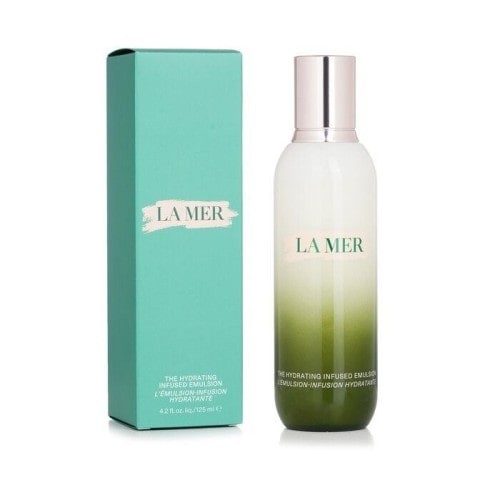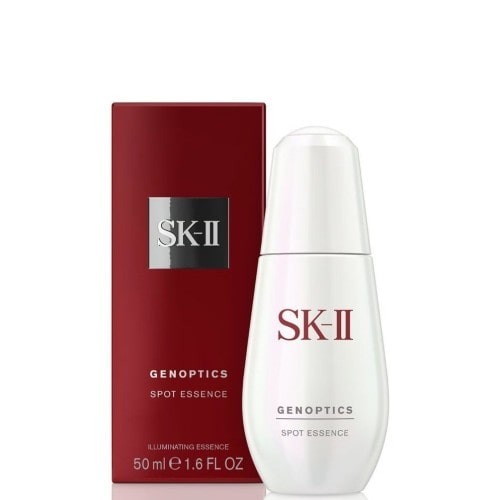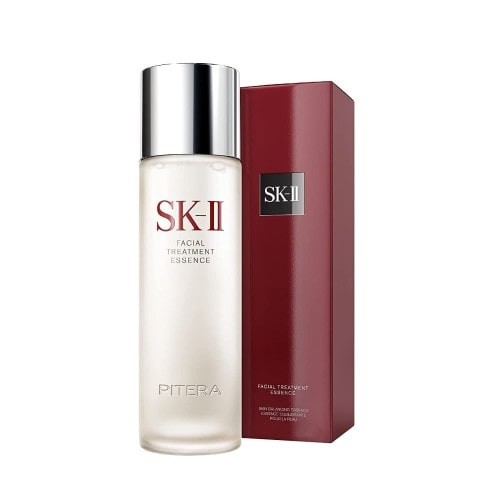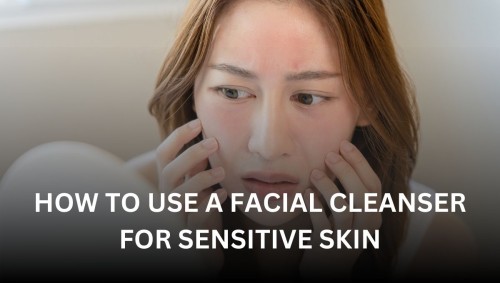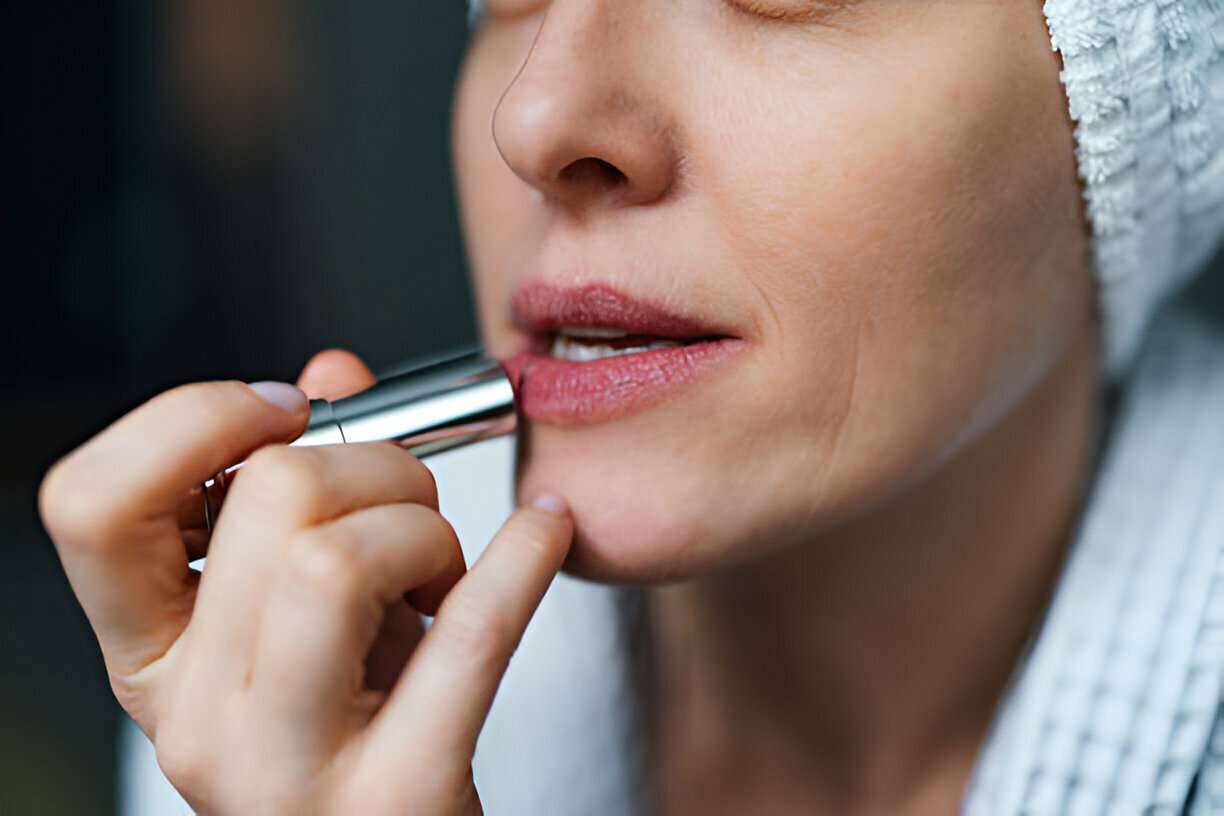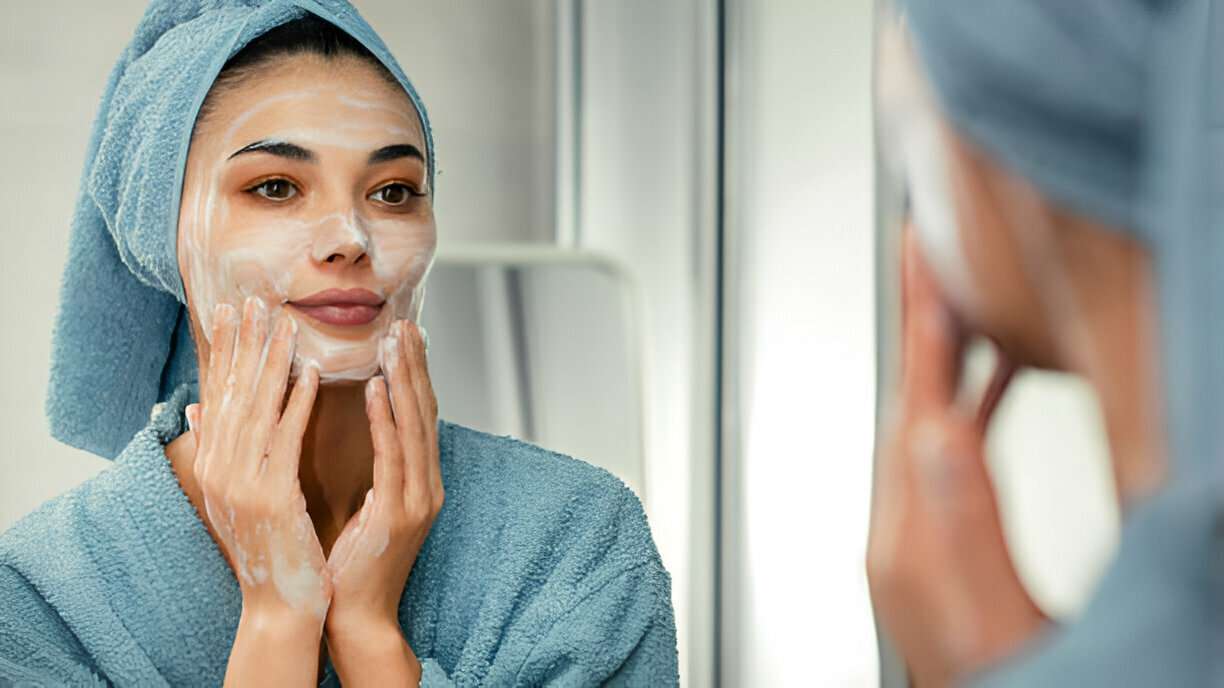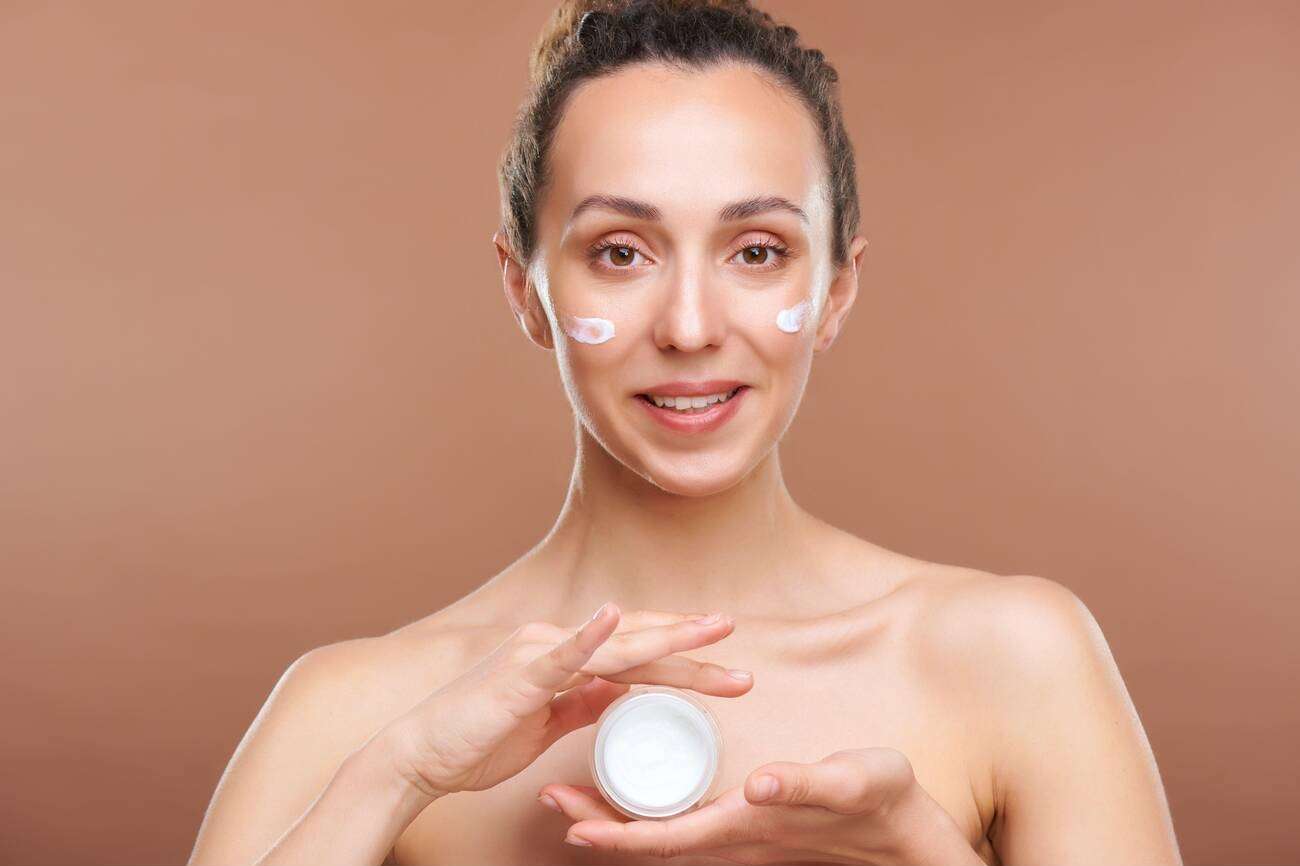By following a planned skin care regimen regularly, your skin will stay fit and perform well, making you appear younger than your actual age. All skincare routines begin with the initial step of cleansing, and any skincare product works best only when the skin is free of dirt, oil, and impurities. If an uncleansed skin lasts for a longer time, then acne breakout might occur along with dull complexion, and even more prominent wrinkles could develop. In this blog, we will tell you how to make the step of skin cleansing routine really effective for sensitive skin type using a proper kind of cleanser. Many people don't know how to clean sensitive skin properly. Also the importance of cleansing and how it helps maximize the effectiveness in utilizing any step-by-step routine of skincare will be mentioned. Understanding Facial Cleansers Face cleansers are products that remove hair, dirt, and makeup from the face. They are essential for pore-cleaning and breakout prevention for healthy and beautiful skin. Different face cleansers may suit different skin types and preferences. Products are available in the form of foam, gel, cream, oil, and micellar water. These type of active plant and chemical combinations cleanse, hydrate, and soothe the skin. Cleansing gel ensures the face is free from sweat, bacteria, or contaminants picked up throughout the day, while also removing sebum and makeup at nighttime to allow for facial respiration. The choice of face cleansers should take into account each person's type of skin and specific concerns. Salicylic acid and benzoyl peroxide cleansers will help in getting rid of acne on oily and acne-prone skin. Safe, moisture-providing treatments containing ceramides and hyaluronic acid may soothe the dry and sensitive skin. Facial Cleansing: Why Is It Necessary? Removing Dirt and Environmental Pollutants The skin is constantly exposed to the environment, and due to constant exposure, a layer of dirt and oil is formed, which builds up in the pores of the skin. Cleansing removes this dirt and oil, thus preventing its formation and minimizing irritation. Prevent Clogged Pores and Breakouts The accumulation of dirt and oil allows pimples and blackheads to form and also gives rise to a host of skin issues. With regular cleansing the pores stay unblocked from dirt. Maintain a Balanced Skin Barrier A skin barrier safeguards the skin form environmental pollutants and also enhance moisture retention. With the application of cleanser the excess oil is reduced ensuring that the skin remains hydrated. Sensitive Skin Cleansing Mistakes Many people with sensitive skin mess up when the cleanser is applied, which has a negative impact on skin health. Common mistakes usually made during skincare routines are Over-cleansing, it means stripping the skin of natural oils so it loses moisture and becomes dry which makes the skin produce much more oil that results in acnes. Applying Harsh Cleaners: Some cleansers have a chemical combination that is especially harsh on the skin, but strong surfactants, alcohol, or any other ingredient that causes irritation on the skin. An ill use of the harsh cleanser would weaken the skin barrier, then inflame the skin and itch. Selecting a Cleanser Suitable for Sensitive Skin Skin Problems: Start looking for a cleanser containing the ingredients such as salicylic acids for antiacne, hyaluronic acid, which is a moisture agent, and ceramides that protect your barrier. Fragrance: Most of the cleaning products contain artificial fragrances which tend to irritate the sensitive skin. In case the skin is very sensitive avoid fragrance products. pH Balance: Look for cleaners as close to the natural acidity of your skin as possible; aim for an optimal acidity of 5.5, as it does not irritate the skin. Facial Cleanser Application Tips how to cleanse sensitive skin? Here are some tips for using your cleanser so as to get the most benefit out of it while keeping your sensitive skin protected. Moisturize afterward: Immediately after cleansing, lock in moisture with one of the gentle moisturizers from the Sensitive Skin Bundle. Preparing the skin is now very important, and the hands should be rinsed before application, along with the removal of makeup. The makeup should be removed using micellar water. The application of the cleanser should be done carefully by taking a pea-sized amount and gently massaging it over the skin and this step would take about a minute. Later wash your face with warm water, avoiding excess hot water, which might take away the important oil layer of the skin. Finally, pat dry with a clean towel, but again, avoid vigorous rubbing as it might inflame the skin surface. Aftercare Steps for Sensitive Skin ✅ Balance pH levels of the skin by rubbing toner and preparing the skin for improved product absorption. ✅ Addresses problems like acne, wrinkles, or dryness by putting a serum ✅ Apply Moisturizer since it nourishes and retains moisture to ensure the skin feels smooth and flexible. ✅ Sunscreen (in the morning) shields against UV rays, helping to avoid premature aging and skin damage. Night Care and Day-time Skincare Strategies ✅ The time strategy's focus is on safeguarding skin using antioxidants and SPF. ✅ Evening skincare routine involves aggressive therapies like retinol, overnight creams, or sleep masks. Conclusion Cleaning sensitive skin with a facial cleanser requires a gentle approach that is careful and effective. Mild, fragrance-free cleansers should be used, along with lukewarm water, and gently cleanse using soft circular motions before rinsing. Then, always use a hydrating moisturizer to maintain proper skin balance. Remember to be consistent and keep your regimen or routine simple. Avoid using harsh ingredients; it will take time for your skin to react appropriately. However, care can minimize irritation with the right face cleaning system. When done properly, you can have clean, calm, and healthy sensitive skin.
Shenzhen Naimei Cosmetics Co., Ltd.
beauty brand skin care products
The sales of natural skincare and maintenance products. We strive to establish SUPIA as a beloved brand among consumers.
Shenzhen Naimei Cosmetics Co., Ltd.
beauty brand skin care products
The sales of natural skincare and maintenance products. We strive to establish SUPIA as a beloved brand among consumers.
Shenzhen Naimei Cosmetics Co., Ltd.
beauty brand skin care products
The sales of natural skincare and maintenance products. We strive to establish SUPIA as a beloved brand among consumers.


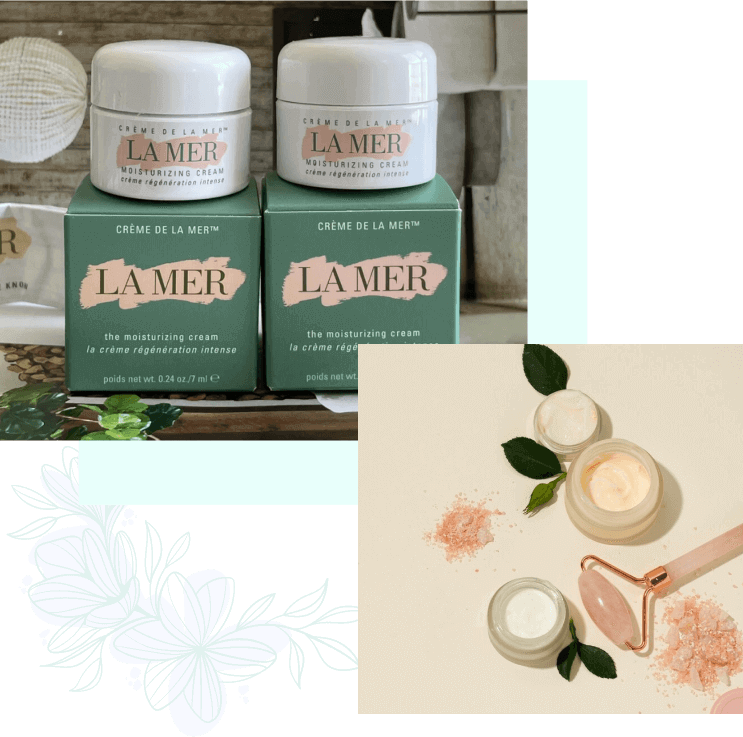
 About us
About us 





